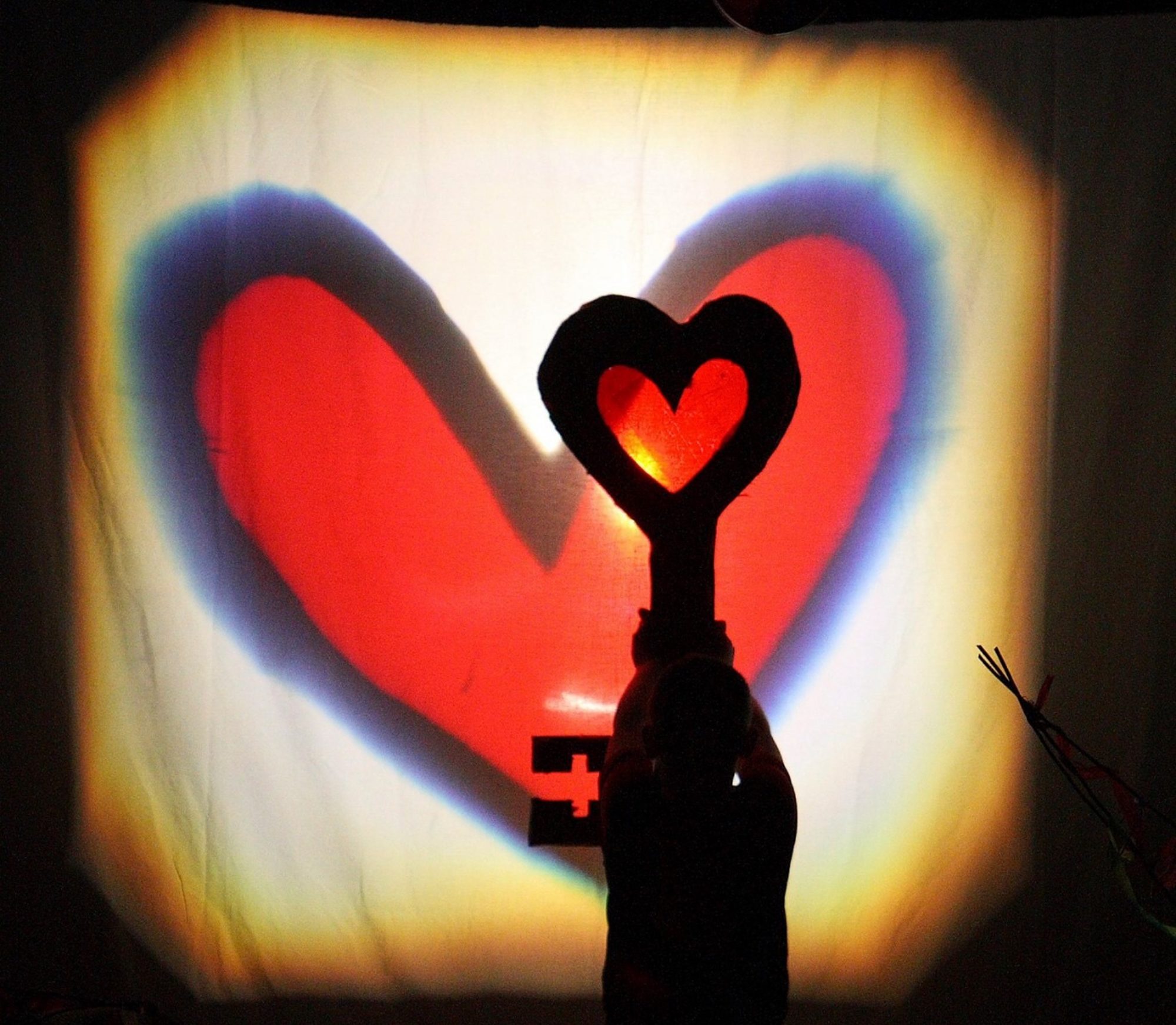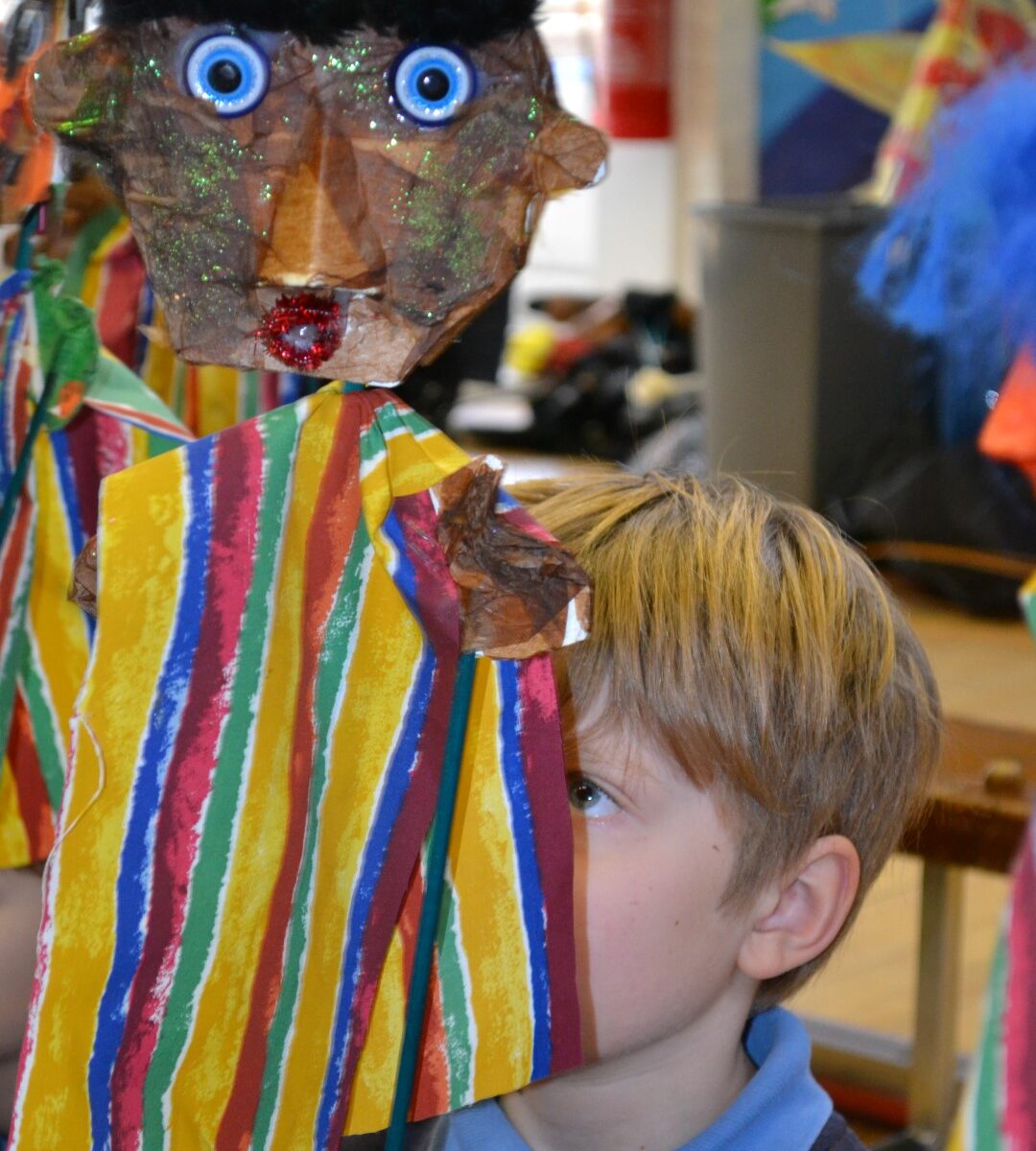PART ONE
“This partnership has challenged assumptions, opened up new ideas, illustrated difference and similarities, made unlikely connections, built on ideas to make better ideas, got us to look at things in new ways and taken advantage of the unexpected such as a caretaker and school bursar suddenly being called into action to work two giant Dodo puppets. Taking chances and risk has opened new worlds for both of us, the people whom we work with and, most importantly, the children – thousands of children.” Ori Dalton, Headteacher, The Trumpington Federation, Cambridge
I am writing this because over the last forty years, I have worked in several hundred primary schools across the UK, Ireland, Canada, Taiwan, Belgium, Holland, Italy and Switzerland with many, many thousands of children.
When the National Curriculum was introduced, I had already been an accidental puppeteer visiting schools around the UK and beyond for five years. I was a Youth and Community Worker is South London when the accident happened. I had set up and run various projects for young people from creches and nurseries to youth clubs. At the last of these projects, I became friends with a Chilean who had worked in theatre. He had written a puppet play. An allegory for the oppressive and vindictive dictatorship of Pinochet’s Chile. The play was called El Tomate y El Condor (the Tomato and the Condor). On a visit to my friend’s flat, I offered to do some administration to help him launch his play and by the end of next day I found myself cast as the narrator of the show and maker and puppeteer for the condor in the title. And so, something new started which was to sustain, challenge, nurture me and many others for the next forty years. When the puppet accident happened there was no National Curriculum.
In those five years, we moved from South London to South Devon and I discovered an unfathomable magic spell that puppet theatre cast upon large groups of people, especially children. This spell was particularly potent when it was the group who participated in making the puppet theatre by transforming nothing into a spectacular performance in just a few days of intense applied imagination. When the first attempts to standardise schooling in a measurable ‘scientific’ form were introduced in the form of the National Curriculum, freelance artists who worked in schools were told to make it evident how their work was relevant to the National Curriculum.
Tracking back a long way, my formal education was in the gloriously freewheeling Fifties, Sixties and early Seventies. By the time I began in the sixth form, I was reading A.S. Neil, John Holt and the Little Red School Book. So, with the certainty of youth, I knew that the education system needed changing and I wanted to do that.
By 1989, my beliefs hadn’t changed. So, when told to make the work relevant to the National Curriculum, it didn’t take me long to decide that the work we brought to children enhanced learning in a different way to a standardised curriculum. Our offer to schools was to make large shows involving any sized group from a single class to the whole school in a very short time. These workshop residencies in schools led to long-standing partnerships with schools in the Primary Sector in both the UK and Europe. Many years ago, an art teacher from a school in Zurich wrote to us after a residency with one hundred six- and seven-year-olds: “When Tony and the team comes a kind of magic descends over the whole school and when they have left you suddenly wake up and realise that something very special just happened.”
Magic is a difficult word to employ and is definitely not part of the National Curriculum but there is an accuracy to that teacher’s observations. From the outset, I saw it happen and wanted to understand the what, how and why of it. That search for understanding catapulted me on another trajectory – a parallel trail to the making of worlds with children. The second trail can be characterised by a single question that arose after the first school residency brining to life and African creation myth with 120 year 6 children. The question was and is: “What is Workshop?”
One of the places this parallel path led to was working with indigenous youth on a reservation in Saskatchewan, Canada called Fort Qu’Appelle for an organisation that ran out of Regina University called the Indigenous Peoples’ Health Research Centre. I guided a team of artists in running workshops in different art forms in a two-day workshop with some 40 youth about bullying. At the end of day one the youth decided that they didn’t want to look at bullying. The wanted to look at well-being. At the end of day two, when the youths had left, the artist team sat in a circle to process the two days. One of the artists said “They were glowing. Did you see that, the youth were just glowing by the end of that? The problem though is how do you measure glow?” This was exactly where I found myself in the van after that African creation myth with the year 6 children. They were glowing too and, when we glow, it transmits to the others in the room.
What happens to create that glow and why does it matter?


Part Two will follow shortly. Check out
http://www.tonygeeauthor.com